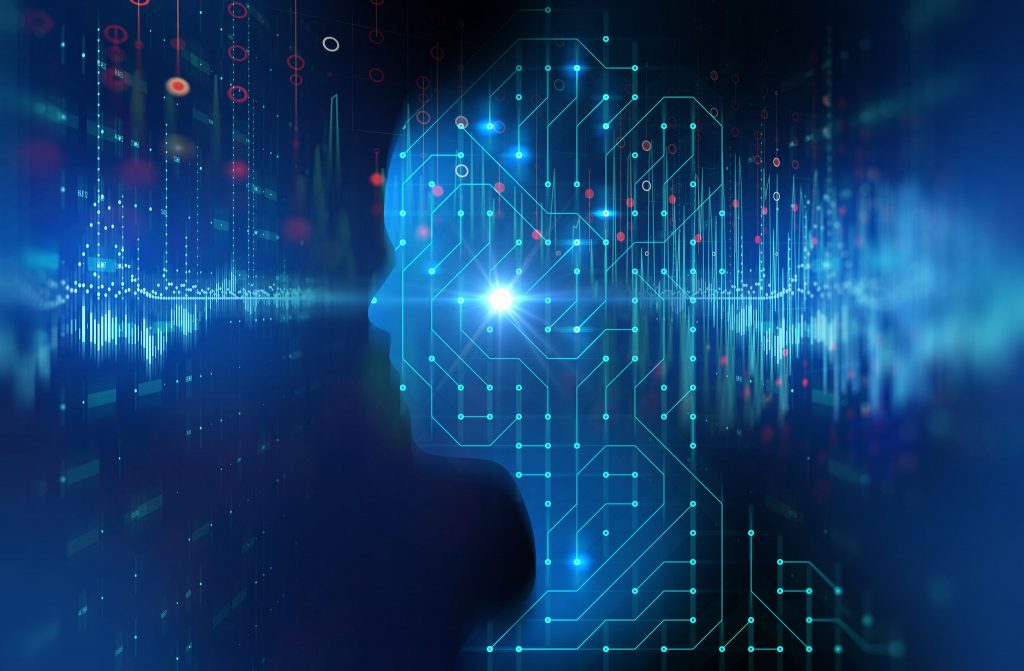Tag: Machine Learning
New approaches to high-resolution geological simulations

Geological and reservoir modelling are critical for geological exploration, resource extraction, and geoengineering projects. Current workflows and datasets record geological variations on metre or decimetre scales. However, many relevant geological structures exist at sub-centimetre scales. Dr Achyut Mishra and Professor Ralf Haese at the University of Melbourne, Australia – part of the international research consortium GeoCquest – have developed a […]
Read More… from New approaches to high-resolution geological simulations
The cold, dark secrets of the Universe in few-body physics

Understanding fundamental processes in physics, particularly physics beyond the Standard Model, is no easy task. Experiments and theories looking for new general theories to describe many of the phenomena that are missing in the Standard Model focus on particle physics experiments at places like CERN. Professor Jesús Pérez Ríos of the atomic, molecular, and optical (AMO) physics group at Stony […]
Read More… from The cold, dark secrets of the Universe in few-body physics
When less is more: Downscaling climate data for improved modelling

Accurate climate modelling requires long-term, high-resolution, and high-quality time series data. However, such datasets are often not available, especially in the Global South. Dr Andrew Fullhart (US Department of Agriculture) is utilising global climate datasets and machine learning to improve global coverage of gridded data. The results provide accurate monthly and daily time series for precipitation across Africa and South […]
Read More… from When less is more: Downscaling climate data for improved modelling
Which factors are relevant for asset prices?

Much research effort has focused on developing estimation methodologies and models aiming to identify the relevant factors for pricing the cross-section of stock returns, meaning the change in average returns across different stocks. Traditional asset pricing models with many factors can no longer cope with the dimensionality of present-day problems. Moreover, relying on misleading results could end in disastrous financial […]
Read More… from Which factors are relevant for asset prices?
Adaptive experiments: Machine learning can help scientific discovery

Machine learning can help scientists design experiments. Scientific discovery relies on experiments that build our understanding of natural phenomena, and traditionally has been based on trial and error. Depending on the goal, different machine learning strategies can be used for adaptive experiments: active learning, maximising information gain, Bayesian optimisation, bandit approaches, and reinforcement learning. Cheng Soon Ong, machine learning scientist […]
Read More… from Adaptive experiments: Machine learning can help scientific discovery
Pushing boundaries: Peter McLaren on the importance of critical pedagogy inside and outside the classroom

Peter McLaren is Distinguished Professor in Critical Studies and Co-Director and International Ambassador for Global Ethics and Social Justice of the Paulo Freire Democratic Project at Chapman University in the USA. Regarded as one of the leading architects of critical pedagogy, McLaren re-envisions the philosophy of Freire in the context of contemporary issues, including the struggle of the LGBTQ community, […]
Computational biology: How mathematical modelling can help cure cancer

Understanding how living cells work is difficult due to the number of varied and complex processes occurring in them. This complexity can be elucidated by breaking these processes down into simpler components and focusing on a particular mechanism. One approach to this study is to use mathematical equations – the basis of computational modelling. Dr Susan Mertins, the founder and […]
Read More… from Computational biology: How mathematical modelling can help cure cancer
Machine Learning Week Europe 2022 is live!

Machine Learning Week Europe is live in Berlin! But what even is it? Machine learning is a form of artificial intelligence, where software applications and computers learn how to improve and redesign their ability to do tasks – completely independently from their human creators. When commercially deployed, it’s called predictive analytics. Around the world, these tools are being exponentially rolled-out […]
Predictive discarding for sustainable Industry 5.0

The computer chip shortage has prompted Dr Geert van Kollenburg and his colleagues at Eindhoven University of Technology, the Netherlands, to find data-driven methods to optimise chip manufacturing processes. As part of the MadeIn4 project, they have developed a predictive discarding framework in which quality predictions from artificial intelligence (AI) algorithms are used to decide on whether to discard an […]
Read More… from Predictive discarding for sustainable Industry 5.0
Digital Assyriology: Using artificial intelligence to unlock an ancient lingua franca

The ancient writing system of cuneiform was used to record millennia of human history, but relatively few of the hundreds of thousands of known cuneiform texts have yet been translated and made available to researchers and the public alike. The Babylonian Engine project, led by Dr Shai Gordin of Ariel University, Israel, has developed two tools – Atrahasis and Akkademia […]